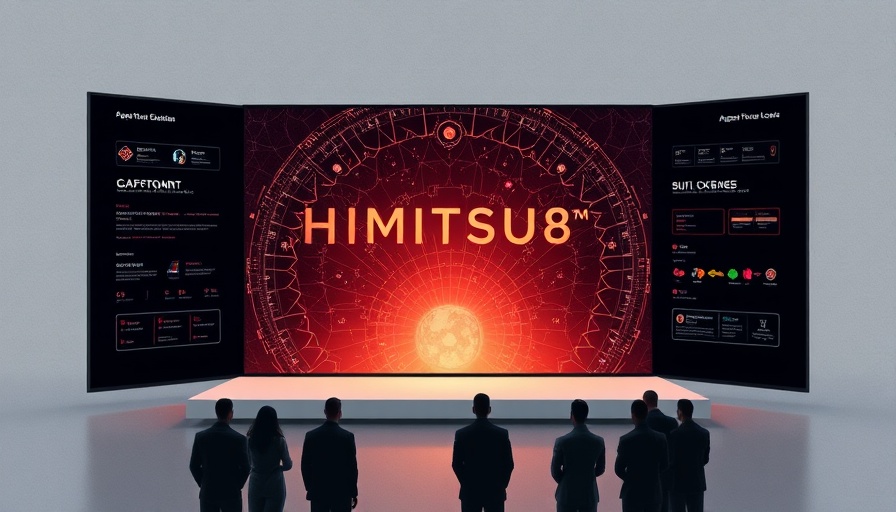
The Rise of Agentic AI: Shaping a Smarter Future
The recent launch of the HIMITSU8™ Unified Development Framework (UDF)™ by Himitsu Lab marks a pivotal moment in the evolution of artificial intelligence. With the promise of intelligent, adaptive, and autonomous AI systems, the framework stands out as a beacon for businesses and academics alike. As we delve into the implications of this groundbreaking innovation, understanding the key aspects and capabilities of Agentic AI will shed light on its transformative potential across industries.
Understanding Agentic AI and Its Framework
Agentic AI refers to systems that are designed not just to execute tasks, but to be proactive, self-improving, and capable of strategic long-term planning. The HIMITSU8™ framework encapsulates this essence by enabling three execution methods: AI Agents for autonomous decision-making, Agentless AI for streamlined integration, and Transient AI, promoting on-demand adaptability. This innovative model allows businesses to automate workflows seamlessly and enhances interoperability, which is crucial in today’s diverse digital landscape.
A New Era of Workflow Automation
What sets HIMITSU8™ apart is its unique approach to workflow automation. The framework simplifies the lifecycle from design to deployment, presenting an intuitive drag-and-drop interface suitable for both technical and non-technical users. By making Agentic systems accessible through no-code and low-code solutions, businesses can embrace automation without the steep learning curve that typically accompanies advanced technologies. This democratization of AI functionality has the potential to unlock unprecedented productivity and efficiency.
Key Features of HIMITSU8™
HIMITSU8™ is packed with features that promise to redefine how organizations interact with AI:
- End-to-End AI Development: Integration of every stage of the system lifecycle ensures streamlined deployment processes.
- Choice of Execution Methods: Tailored solutions for diverse use cases enhance flexibility and effectiveness.
- LLM-Agnostic: Eliminates native lock-in frustrations, allowing companies to utilize preferred AI models and tools.
- Enterprise-Ready: Scalability meets open-source flexibility, appealing to a broad audience ranging from small startups to large corporations.
Implications for Businesses and Academia
As organizations increasingly adopt AI, the implications of frameworks like HIMITSU8™ extend far beyond technical specifications. Businesses stand to benefit from increased efficiency, reduced operational costs, and enhanced decision-making capabilities. According to industry surveys, over 50% of businesses currently use AI agents for automating processes, signaling a shift towards greater autonomy in enterprise solutions.
In academia, the framework can serve as a valuable tool for research and development in AI, offering a platform for experimentation and innovation. By supporting open collaboration globally, HIMITSU8™ can foster a rich ecosystem of creativity among developers, researchers, and students.
Future Trends in Agentic AI
Looking ahead, the future of Agentic AI appears bright. As technological advancements continue to surge, the demand for intelligent systems capable of self-learning and adapting is likely to grow. The versatility showcased by HIMITSU8™ and similar frameworks will be critical in ensuring that AI remains responsive to a rapidly changing marketplace.
Moreover, continuous improvements in AI models and methods will enable organizations to scale their AI operations effortlessly, as highlighted in recent findings from the Moveworks blog. Building on this forward momentum, the evolution of Agentic frameworks will ultimately empower businesses to harness the full power of AI, leading to more effective and innovative solutions across various sectors.
In conclusion, the launch of the HIMITSU8™ AI framework represents a significant step toward realizing the potential of autonomous and agentic systems. As AI technologies continue to unfold, those eager to explore their applications will find themselves at the forefront of a future where technology collaborates with human creativity.
 Add Row
Add Row  Add
Add 




 Add Row
Add Row  Add
Add 

Write A Comment